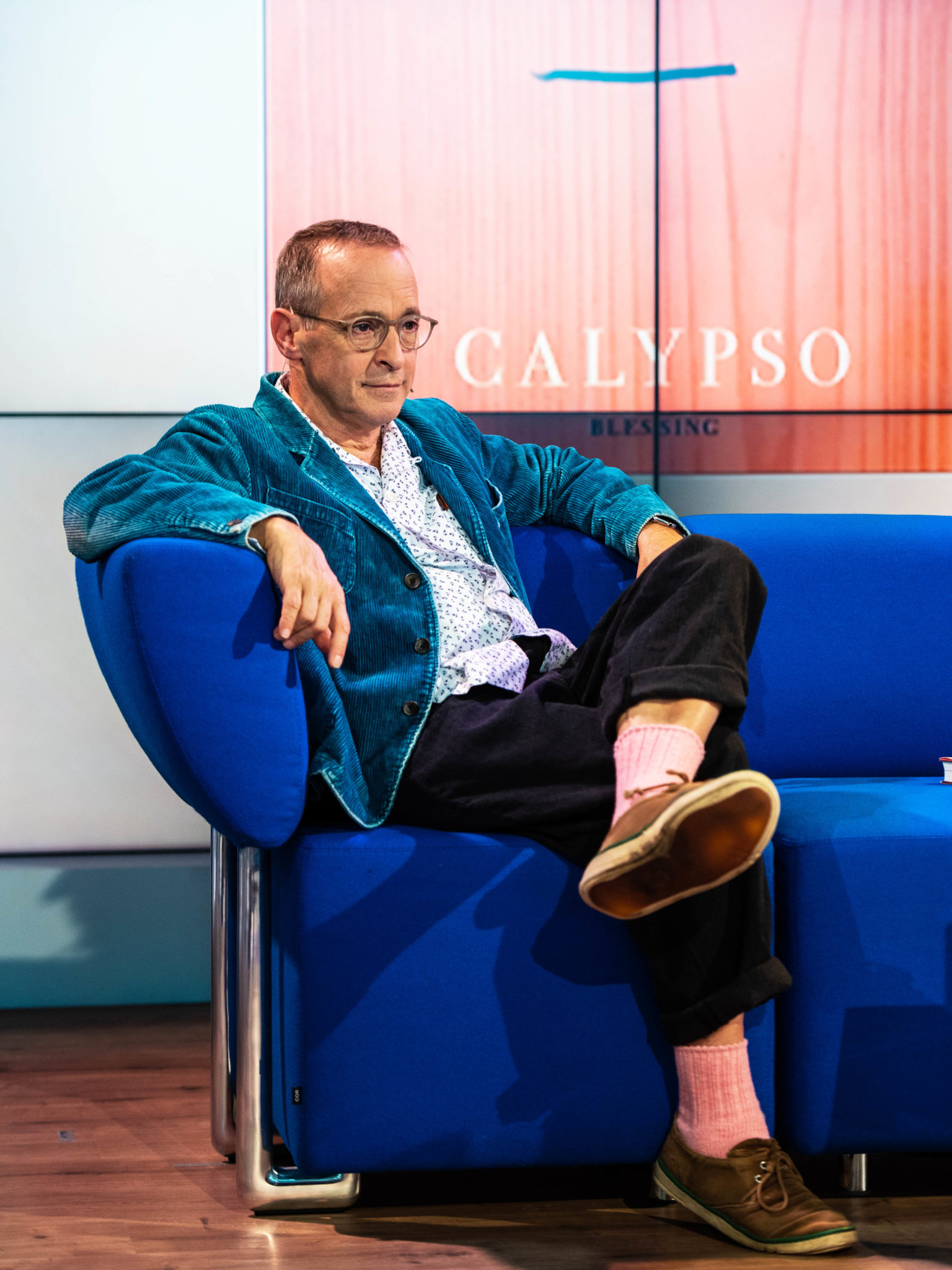
In December, the Beinecke Rare Book and Manuscript Library acquired the papers of David Sedaris, a contemporary American essayist, humorist and author.
Since the 1990s, Sedaris’ widely published writing has appeared in newspapers and magazines such as The New Yorker. He came to prominence with his contributions to the radio program “This American Life” and NPR, which featured recordings of his essays. According to Timothy Young, curator of modern books and manuscripts at the Beinecke library, the David Sedaris papers are a “big step” for the institution’s collection. Young said that Sedaris is an important writer because his essays achieve a “broad reach,” with a wide readership in English and in translation.
Young, who acquired the papers for the Beinecke, said that Sedaris made the essay “extremely approachable” and “very popular.”
“While we do have some collections that are related to humor,” Young said, “David Sedaris is one of the first humorists who writes essays. He combines the two worlds of humor and essay writing. That’s what he brings — a mix of the two genres.”
The papers document Sedaris’ writings about gay culture, travel writing and memoir, covering a wide variety of literary nonfiction and essays. The papers include versions of Sedaris’ writings that span his writing career, as well as personal items from his early life and college. In total, the acquisition features diverse materials such as annotated drafts, personal papers, notebooks, alternative versions of essays and artist books that Sedaris created at the School of the Art Institute in Chicago. The papers also include personal diaries, which will be available to the public only after the writer’s lifetime.
“Being able to see into the personal life and the progression that these authors make as they develop as writers and as public figures, you get more insight about how they develop and you understand a little more about the writing motivations — what the process is actually like instead of just seeing this final published version,” said Rosemary Davis, accessioning archivist at the Beinecke library.
She described the papers as revealing “a life in work in progress.”
Davis added that the papers provide context to the literary culture of the 1990s and 2000s, as Sedaris worked alongside many contemporary artists. She also said that the papers give insight into the rise of the essay as a public format shared on the radio and podcasts.
The David Sedaris Collection is the latest addition to the Beinecke’s literary collections of contemporary authors, Davis said. Other examples include the papers of writer and “This American Life” contributor David Rakoff and novelist, essayist and short story writer Jonathan Lethem. Davis mentioned that people often believe archives contain only “old and dusty” manuscripts, yet the Beinecke holds several collections from contemporary poets and artists.
“He is part of this history of people writing about their lives and sharing it,” Davis said. “David Sedaris is contemporary, but he is part of a long legacy of memoir and older collections that the Beinecke has that builds upon the idea of personal essay.”
According to Young, the Sedaris papers will be an important reference point at the Beinecke library. He said that in the last few years, the University took steps to add many nonfiction essay writing classes, making the Sedaris papers — and the evidence of the writing process they expose — all the more relevant for today’s Yale students.
He also mentioned that in the future, the papers will add notable facts about Sedaris’ biography — his childhood, early years and movement into his more public phase.
“I think that the story of new writers is always interesting,” Young said.
Freya Savla | freya.savla@yale.edu







